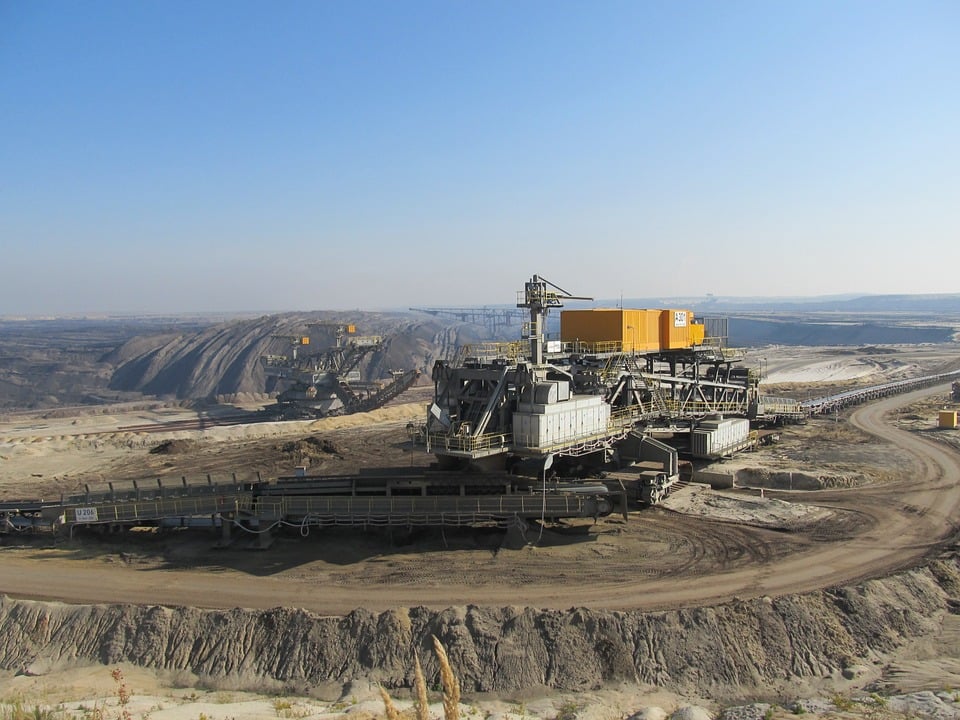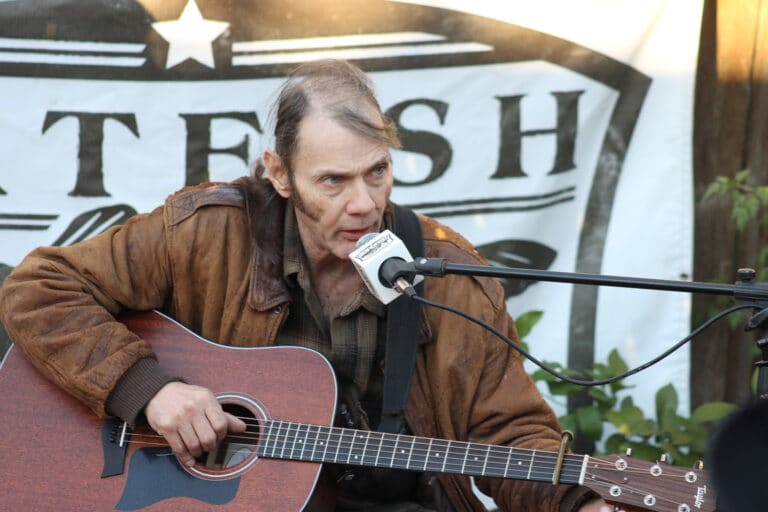Rain is falling in sheets along the New River in Radford, Va., where I’m huddled under a tent discussing a float trip with a woman and her daughter. We’re here for an outdoor expo, and I’m staffing a tourism display. I’m in the middle of describing the run—a lazy float with just enough whitewater to keep things interesting—when the exchange I’d been waiting for surfaces.
“I wonder why I’ve never heard of this place,” the woman says.
“Well, it’s down in the coalfields,” I respond, explaining that the region is just now starting to get on the outdoor radar. She cuts me off before I finish.
“Oh, coal,” she says. “Nope.” She and her daughter walk off into the rain.
By now, I’m used to the response. I moved to the coalfields from the north Georgia mountains six years ago to work as a college professor. Like many in my field, I lean hard to the left on issues related to the outdoors. I sit on the boards of environmental nonprofits and write the occasional, pedantic letter to the editor on controversial policy changes. When I’m in a formal setting, it’s pretty clear where I stand.
At the outdoor expo, though, I don’t look the part. I’m wearing old cargo shorts and a t-shirt, and it’s been a while since I last shaved. A career in academia hasn’t fully erased my southern twang. I might as well be anyone from a mining town, so I get the unfiltered brunt of everyone’s views on the region. Later that afternoon, another visitor responds to a photo of our city park with “do you blow stuff up there, too?”
If it’s possible to pinpoint the most discouraging part of living in coal country, it wouldn’t be our poverty or even the environmental damage the industry has wrought. Instead, it’s the way coal has been caught up in our national attempt to distill seemingly every issue into neatly-packaged, non-overlapping sides. Think coal still has a role to play in Appalachia? Time to leave the holler and join the 21st century, hillbilly. Want to lessen our dependence on fossil fuels? You hippies should try freezing in the dark. On my drive home from work, I’ll often find myself behind a truck that’s further condensed the conflict into a bumper sticker: Save a coal miner. Shoot a treehugger.
I’ve downed beers with industry supporters and diehard environmentalists while discussing the state of the region. I’ve been surprised at how much we agree.
To be fair, I was once one of those people that might be tempted to smart off about coal to someone at an outdoor expo. I’ve read the scientific articles showing a clear link between fossil fuel extraction and climate change, and I’ve digested my share of think-pieces on Appalachia. You know the type: a writer reluctantly drives into a rural coal town to interview locals at a barbershop or diner. Talk about depressing economic statistics or the latest industry-endorsed political candidate ensues.
But then I moved to that hypothetical town, a small Virginia mining community nestled against the border with Kentucky. Eighty percent of my county voted for Donald Trump, and our local Wal-Mart looks out over an active mountaintop removal site. It’s an easy place to stereotype—until, that is, you spend some time there. Since my move, I’ve taken hikes with former miners who can run circles around my doctoral training in identifying local wildlife. On more than one occasion, I’ve downed beers with industry supporters and diehard environmentalists while discussing the state of the region. I’ve been surprised at how much we agree.
That agreement is there because we’re not defined by our political allegiances; we’re neighbors first. We shop at the same stores, drive to the same trailheads after work for an evening run, and bring our families to the same volunteer events to clean up former surface mines. If that sounds like I’m veering too much towards fence-sitting, I’m not—we still have vastly diverging views on how to improve the region, and it’s unlikely that the tension between them can ever be fully reconciled. But what you find living in coal country isn’t just that tension but the constants that exist in spite of it. After all, no one checks to see what bumper stickers you’ve got when you show up to plant trees on an old strip job.
The challenge in understanding the coalfields, then—the thing I wish our tourism displays could convey—is the need to face head-on the uncomfortable complexities that make this such a frustratingly wonderful place to live. Not too long ago, I struck up another conversation on the region, this time with a fellow academic at a conference. Our discussion eventually migrated to the coalfields’ dismal economic and health statistics.
“I’m so sorry you have to live there,” he said, as if I was serving out some kind of sentence instead of moving to the area on purpose. I asked him if he’d ever been to the coalfields, and he said no; he’d only looked at the region at an arm’s length.
I thought about all the things I could mention to change his mind, the way mountain laurel frosts the hillsides white in late spring or how you can talk with a stranger here for five minutes and feel like you’ve known them for a lifetime.
I ended up mentioning neither. “You should visit,” I told him. Some things are better left experienced than said.








